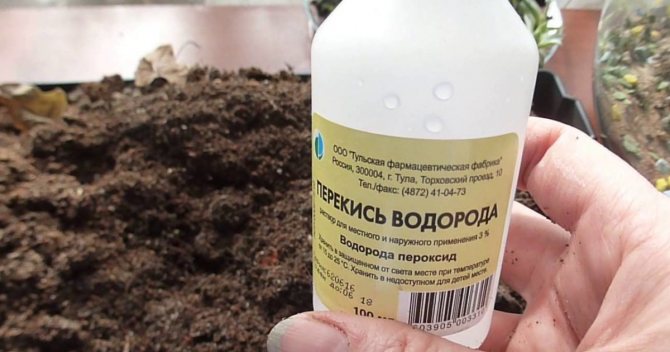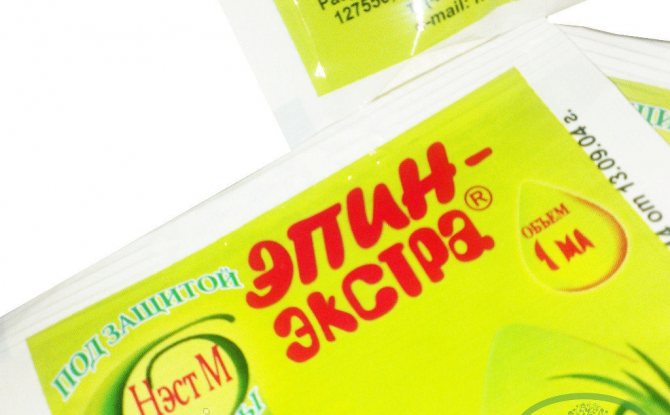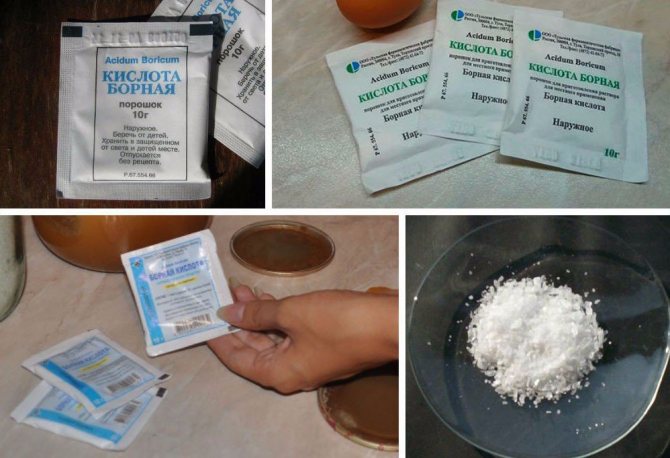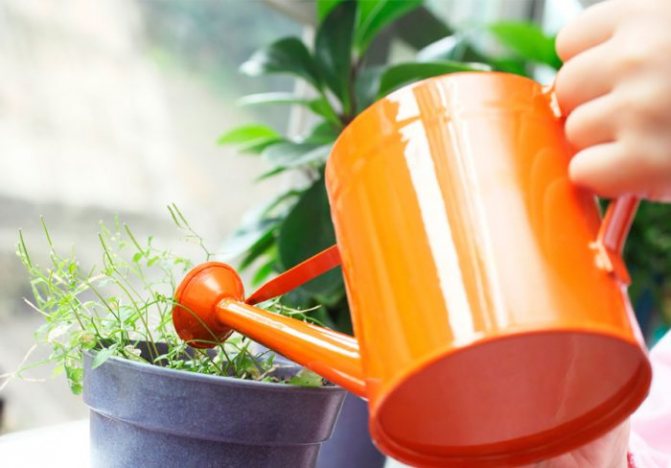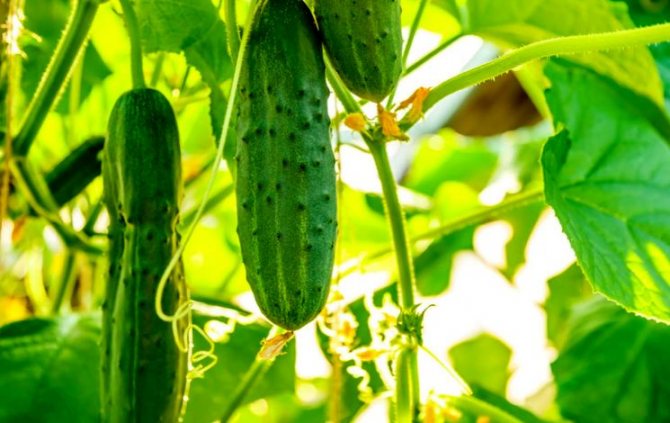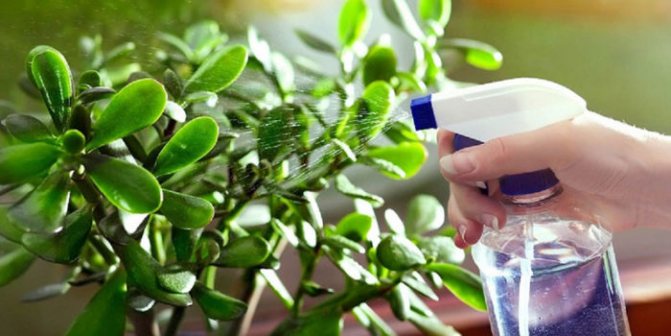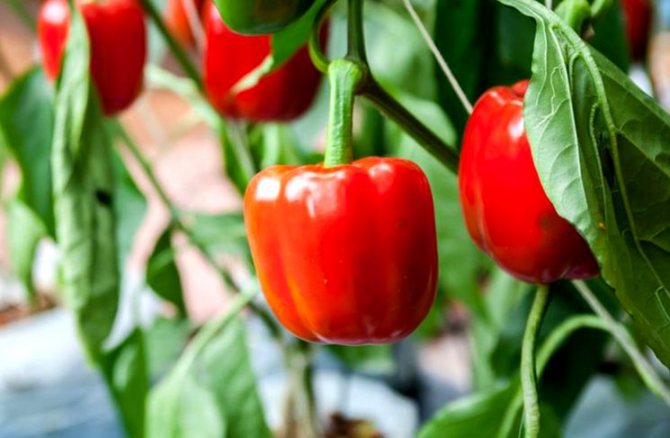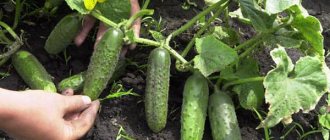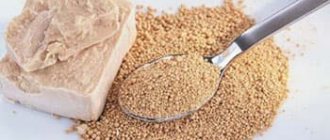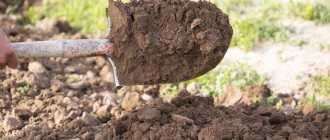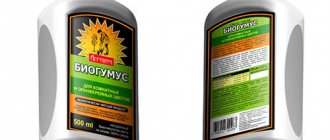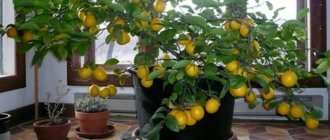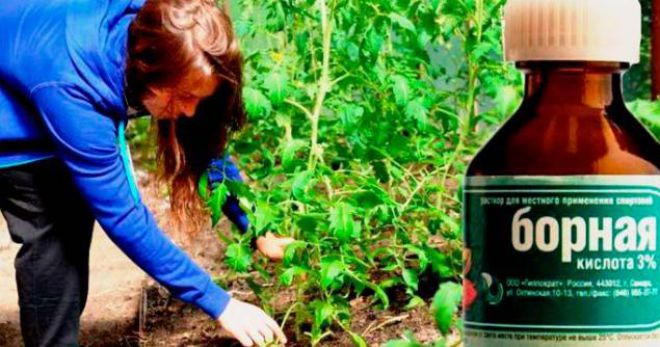
Boric acid is a good food for fruit trees, berries, vegetables and flowers. Boron participates in the most important life processes of garden and horticultural crops. The fertilizer is sold both in solution format and liquid boric acid; both of these forms are used for plants.
What is boric acid used for in horticulture and horticulture?
It is difficult to provide ideal conditions for vegetables and horticultural crops on the site. Against the background of a lack of nutrients, plants begin to suffer from diseases and stop developing.
The use of boric acid solution in the garden helps:
- strengthen the immunity of horticultural crops;
- contribute to the abundant formation of ovaries;
- ensure a good harvest even in dry seasons;
- improve the taste of berries and vegetables.
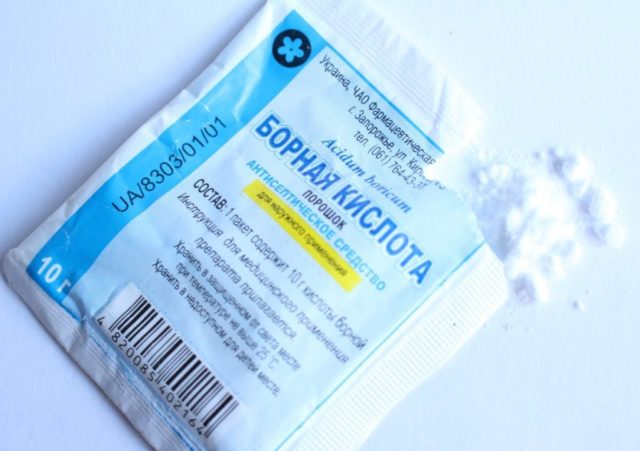

Ordinary boric acid powder is suitable for use in the garden.
Unlike many industrial fertilizers, the product is very inexpensive.
What home colors should I use?
The fertilizer is suitable for feeding any indoor plants. The main thing is to recognize the micronutrient deficiency in time.
Use for processing:
- Cyclamena (Umbrella, Lulu, Rococo, Aurora, Victoria, Album, Green Ice, Silver).
- Orchids (Wanda, Miltonia, Cambria, Cattleya, Phalaenopsis, Oncidium, Lady's slipper, Brassia).
- Begonia (Royal, Metallica, Bauer, Mason).
- Pelargonium (Orange, Ice Rose, Irida, Mini Diana).
- Hibiscus (Copper King, Crandberry Crash, Old Yella).
- Anthuriums (Jolie pink, Zizu, Lilly, Semper, Red).
- Indoor roses (Cordana, Prima ballerina, Curlers, Hummingbirds, Baby masquerade).
- Kalanchoe (Flaming, Kalandiva, Degremon, Blossfeld).
- Violets (Zemfira, Sputnik, Austin Smile, Melody Kimi).
- Fikusov (Benjamina, Starlight, Natasha).
The benefits of boric acid for plants
It is especially useful to use boric acid in the garden on poor soil - brown forest, gray, sandy, sod-podzolic. When used correctly, top dressing gives the following results:
- stimulates the formation of new roots;
- improves the production of chlorophyll;
- increases the number of ovaries;
- increases the sugar level in fruits.
With a sufficient amount of boron, garden crops are much less likely to suffer from diseases. In particular, the use of top dressing prevents the development of bacteriosis and rot, and also repels dangerous garden pests.
Boron deficiency signs
It is urgent to add boron to the soil if:
- horticultural crops grow poorly and give a meager ovary;
- veins turn pale on young leaves and yellow spots appear;
- the bark dries and dies on the shoots.


Yellowing of the leaves indicates a lack of boron
With a boron deficiency, the fruits of vegetable and horticultural crops are often deformed.
Potential harm to a houseplant and precautions
Boric acid is a low-hazard substance for humans, belongs to the 4th class. Does not cause any harm in contact with skin. However, the body can accumulate boron, since it is poorly excreted by the excretory system.
Boron overdose can have unpleasant consequences for plants. If the acid is not diluted correctly, it can provoke:
- Root system burns of varying severity.That is why the soil must be well moistened before root top dressing.
- Drying of the edges of the foliage.
- Dying off and falling of leaves.
Most often, the roots and old leaves of the plant suffer from an excess of borax.
Fertilizing plants with boric acid in the garden or in the garden
Any horticultural crops respond positively to moderate use of boron. But some plants need more minerals, while others less.
What plants can be sprayed with boric acid
Vegetable and fruit crops can be divided into 3 groups depending on how much they need boron:
- Increased demand - beets, cabbage and pome trees. For these plants, feeding is carried out up to 3 times during the season - along the swelling buds, along the ovary and during fruiting.
- Average demand - berry bushes, greens, most vegetables and stone fruit trees. Feeding is carried out twice, at the beginning of flowering and at the very height of it.
- Low requirement - potatoes, strawberries, legumes and herbs. Usually, the use of boric acid-based solutions is indicated only for deficiency symptoms.
For crops with a low demand for boron, fertilization can be applied to the soil 1 time before sowing.
How to dilute boric acid for plant spraying
Boric acid has a peculiarity - it cannot be dissolved in cold water. To mix the solution, the liquid is heated to a temperature of about 80 ° C.


Usually, the so-called "mother liquor" is made from boric acid, and only then added with clean water
For simplicity, the following algorithm is used. Only a liter of water is heated to the desired temperature. Boric acid is thoroughly stirred and allowed to cool, and then simply topped up with water to a standard 10 liters.
For convenience, when choosing a dosage, you can use the table for the use of boric acid for plants:
| Garden culture | Boric acid volume per bucket (for spraying on leaves) |
| Cabbage | 10 g |
| Potatoes | 10 g (for processing tubers before planting) |
| 5 g | |
| Beets and tomatoes | 10 g |
| Strawberries, currants, gooseberries | 5 g |
| Cherry, apple, pear | 10 to 20 g |
It is not customary to use an alcoholic solution of boric acid in the garden. But in extreme cases, you can dilute the product with water 1 in 20, in which case it will become safe.
Fertilizing plants with boric acid
The recommendations for using boron for vegetable and fruit crops are very similar. But plant requirements may vary slightly.
How to use boric acid to feed seedlings
Fertilization with boric acid for plants can be carried out already at the seedling stage during the period of active growth. Especially tomatoes, sensitive to a lack of a substance, need such feeding.
A solution for use on seedlings is prepared as follows - 1 g of boric powder is stirred in a liter of hot water. The cooled liquid is sprayed with the leaves of the seedlings.
Tomatoes and cucumbers
Tomatoes and cucumbers especially need boron. For the first time, you need to feed the crops before flowering, then during the formation of ovaries, and again during the ripening of the fruits.


Tomatoes are in great need of boron fertilization
For tomatoes, about 10 g of acid is dissolved in a bucket, for cucumbers - only 5 g.
Potatoes
With a lack of mineral matter, the crop tops turn yellow, the petioles become brittle and redden, root crops grow more slowly and are more likely to get sick with fungi.


Potatoes begin to experience a boron deficiency in acidified soils
When alarming symptoms appear, the use of boric acid is recommended, 6 g of powder is dissolved in a bucket. For prevention, tubers can be treated even at the seedling stage - the potatoes are sprayed with a strong solution, as much as 15 g of the substance are poured into a bucket of water. For 1 kg of planting material, about 50 ml of solution should go.
Grapes
From a lack of boron in the soil, grapes develop worse. Yellowish spots appear on the leaves, and the berries become smaller and resemble peas.
With a deficiency of a mineral substance, boron treatment for grapes is carried out during the budding period. Dilute about 5 g of powder in a bucket of water.
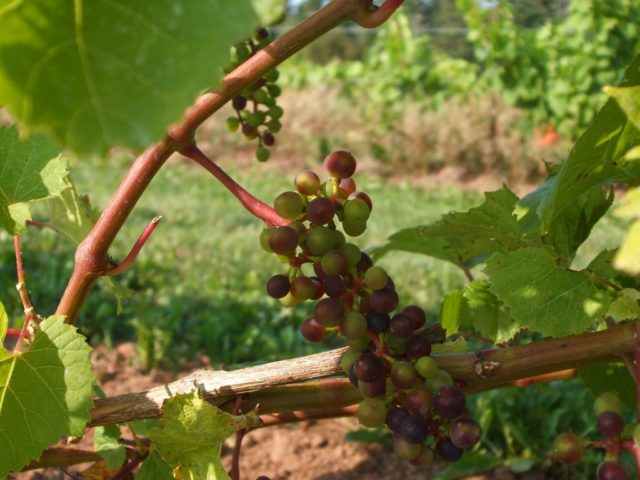

Timely boron feeding prevents grape peas
Beet
With insufficient use of boron, beets suffer from phomosis. First, brown spots with black specks in the center appear on the leaves of the culture, and then the root crop rots from the inside.
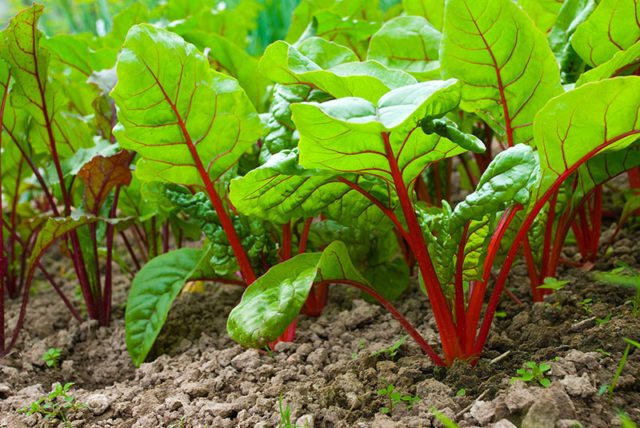

For beets, the use of boron is justified both before planting and during the growth stage.
Beet seeds are soaked in boric acid even before planting for 10 hours, only 1 g of the substance is diluted in a liter of liquid. After transfer to the ground, foliar dressing with boric acid is carried out at the stage of the fifth leaf, the concentration is used as usual, about 5 g for a bucket of water.
Cabbage
Cabbage reacts to the lack of boron with the appearance of glassy inflorescences and hollow heads of cabbage. The fruits become deformed and take on a bitter taste. The processing is carried out in 3 stages - the plantings are sprayed during budding, during flowering at the stage of the fifth leaf and during the ripening of the heads.


Cabbage is sprayed with boric acid three times from budding to fruiting
To apply the solution, add 2.5 g of the substance to a bucket of water.
Pepper, eggplant
If there is not enough boron in the soil, peppers and eggplants give small deformed leaves, stop growing and can shed flowers and ovaries. Fertilize crops three times during the growing season:
- when forming buds;
- after 10 days, during flowering;
- at the stage of maturation.
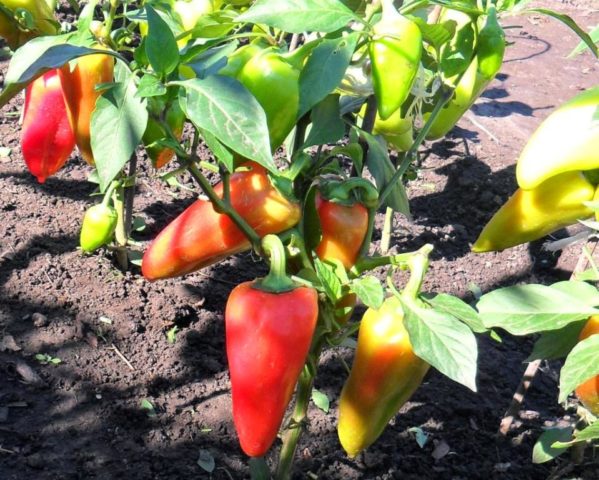

Peppers, like eggplants, are sprayed with boron three times per season.
In a liter of water, no more than 1 g of powder is stirred, the solution is suitable for both root use and for spraying. It is best to handle planting by leaves.
Pears and Apple Trees
You can understand that fruit trees lack boron by the following signs:
- leaves are deformed and thickened;
- veins darken and become "corky";
- peculiar rosettes of small leaves appear at the ends of the shoots;
- the tops of the trees begin to die off.
The use of boric acid in horticulture increases not only the quantity, but also the quality of the fruits, in particular, prolongs their keeping quality.
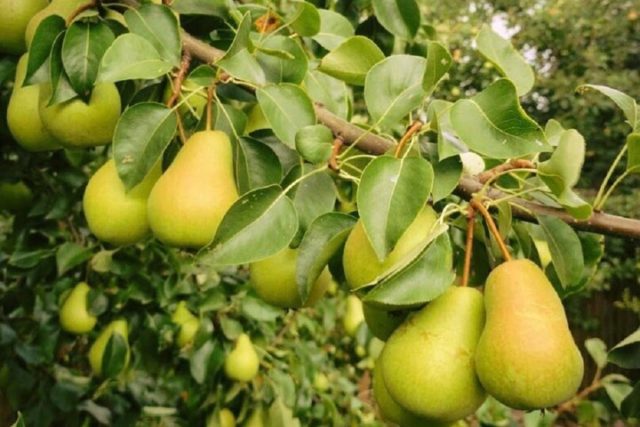

At normal boron levels, pears and apple trees grow large and without blemishes.
In a pear, against the background of a lack of boron, pits and cortical spots on the fruits may appear, in an apple tree there are brown areas inside the pulp, resembling a cork in structure. To eliminate the deficiency of the mineral substance, 2 dressings are carried out for fruit trees:
- at the beginning of flowering;
- 10 days after the first spray.
Boric acid is diluted in increased volumes, up to 20 g per bucket, and the crowns are evenly treated in the evening. The yield then increases to 30%.
Strawberry
The use of boric solutions increases strawberry yields and improves the quality of berries. The treatment is carried out twice - strawberry beds are shed in early spring, dissolving only 1 g of the substance in a bucket of water, and the plant is sprayed before flowering. In the latter case, 2 g of the substance must be stirred in 10 liters.
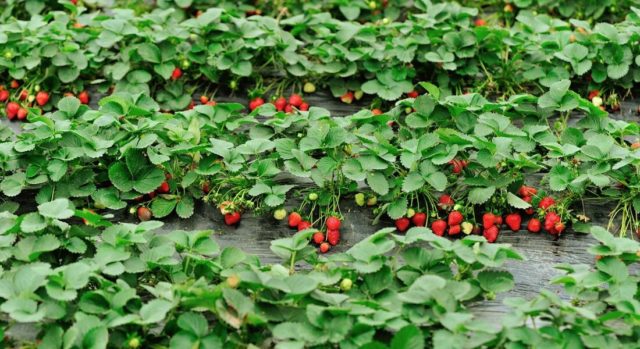

Strawberries require boron treatments twice a season
Treatment of plants with boric acid for fruit set
Particular attention should be paid to feeding at the stage of the ovary. The optimal result is obtained by the use of spraying, irrigation at the root is less effective. For processing, use a pure boric solution without adding other components, the proportions take 1 g of substance per liter.
During the procedure, you need to completely process the plant from all sides in order to cover the leaves, flowers and the forming ovary. The temperature of the solution should be about 20 ° C, plantings can be sprayed only in the morning or in the evening, in the absence of bright sun.
Correct calculations
The first thing to know before using boric acid is the correctness of the calculations.Often, recipes indicate the optimal dose in grams. Hence the question - how to determine 1 g of boron? Experienced gardeners recommend the following:


- Take 1 teaspoon of the powder and sprinkle it on a piece of paper on the table;
- Using a knife, carefully divide the slide into five equal parts. One of them is 1 g of boric acid. A full teaspoon contains 5 g of powder.


Interesting: Mustard powder is the gardener's best assistant
Is it possible to water flowers with boric acid
The use of boron solution is useful not only for garden crops and fruit trees. The tool can fertilize flowers in a flower bed, this will have a good effect on the size of the buds and extend the decorative period.
What flowers like boric acid
Boron is an indispensable element for any plant. However, roses, dahlias, gladioli and garden violets react best to it.
How to dilute boric acid for flowers
You can fertilize garden beds by spraying or applying a solution under the root. In the first case, the concentration is 0.5 g per bucket, in the second - up to 2 g for the same amount of liquid.


Any garden flowers respond well to the use of boron.
As always, boric powder for use is dissolved in pre-warmed water. The procedure is carried out directly after the liquid has cooled down.
How to feed flowers with boric acid
On average, boron fertilization for flowers is carried out twice, during the period when the buds are gaining color, and during active flowering. A foliar application is used, spraying is carried out in the evening so that there are no sun burns on the leaves. If top dressing is carried out at the root, then the soil is pre-moistened, it is impossible to water dry soil with boric acid, it is dangerous for plants.
Advice! The root use of boric acid for flowers is used only once every 3 years and only with symptoms of an element deficiency.
How to spray roses with boric acid
For lush flowering roses, it is enough to feed with boron 2 times - during the formation of buds and a week later, when the bushes bloom. The recipe for feeding with boric acid is standard - the substance is diluted in hot water (10 g per bucket), processing is carried out in the morning or evening.
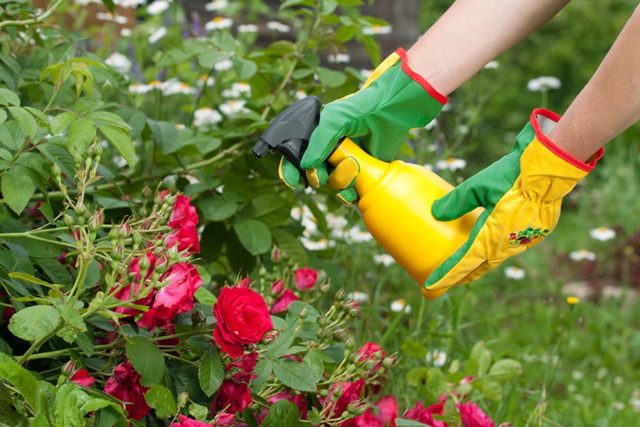

Boric acid provides abundant and vibrant flowering of rose bushes
You can protect roses from fungal diseases and strengthen their endurance even before planting. Shrub cuttings are soaked for several minutes in a concentrated boric solution, 20 g per 10 l, and then transferred to the ground.
Beneficial features
The main task of boron is to ensure high-quality growth and development of the flower. It stimulates metabolism, nitrogen synthesis, chlorophyll production. As a result, the roots receive a full amount of oxygen and calcium.
Fertilizer is an active participant in the formation of new shoots, buds, flowers. The plant acquires a powerful leaf apparatus, a healthy root system, prepares for abundant flowering. Preventive spraying increases resistance to adverse conditions.
Benefit:
- rapid germination of seeds, bulbs, cuttings;
- an increase in the volume of chlorophyll, stabilization of the synthesis of phytohormones - all this ensures the growth and development of indoor plants;
- recovery after transplantation, successful rooting of "babies";
- stimulation of the formation of new points of growth, roots, shoots, flowers, ovaries;
- strengthening of stems, green mass;
- stopping putrefactive, bacterial lesions;
- antistress, adaptation to environmental factors;
- full assimilation of calcium and oxygen by the roots.
Use of boric acid in pest control
The beneficial boric acid promotes plant health, but is poisonous to most insects. Therefore, its use is recommended, including for the treatment of pests.
From ants
To get rid of ants, bait is used.For example, you can add 5 g of boron powder to a glass of sugar syrup and pour it over the beds and near insect nests. It is necessary to carry out processing in the middle of spring; strawberries, carrots and garden flowers need special protection.


Sweet baits with boric acid are used to kill ants.
From wood lice
Small wood lice actively reproduce on moist acidic soils and poorly cleaned areas. The use of boric acid in gardening and horticulture helps to get rid of them, you need to dilute 10 g of powder in 500 ml of water and spray the passages between the beds. The procedure is carried out at the beginning and middle of summer, when wood lice are especially active.


The use of boric acid from woodlice is especially justified in humid warm weather.
You can process woodlice from planting potatoes, beets and tomatoes, as well as fruit shrubs. Spraying should be carried out on wet soil so that the roots of the plants do not get burned.
From the bear
It is quite difficult to get a bear out of the garden, but boric acid gives a good effect. It is necessary to make a special bait - 1 kg of steamed grain is mixed with 2 small spoons of the substance and spilled with any oil in a small amount. For use, the boric mixture is embedded directly into the ground or placed in the passages left by the bear.
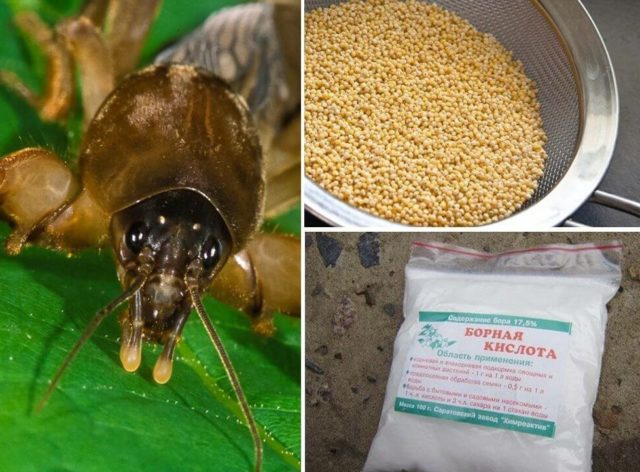

To remove the bear, use a bait of boric acid and grain
The use of baits is allowed for the protection of any plants, especially potatoes and beets. You can decompose the homemade poison for the pest in the beds immediately after planting the crops, since the bear wakes up already at 12 ° C.
From aphids
It can be difficult to remove aphids using boric acid. The fact is that the pest feeds only on plant juices and does not pay attention to baits. But spraying gives a positive effect - 2 g of powder is poured into a liter of liquid, mixed and the plantings are abundantly processed on leaves, buds and ovaries.


When treating aphids, it is important to spray the leaves both above and below
The procedure is carried out from the end of May, when the aphid begins to attack the planting in warm weather, and is repeated as necessary until the fall, but not more often than once a month. When using boric solution, you can protect against pests by cabbage and tomatoes, beets and eggplants, as well as flowers, grapes, gooseberries, currants and other crops.
Important! It is possible to remove aphids from the garden only when the ants are destroyed, since insects exist in close symbiosis.
Common questions
The importance of boron for the life of the plant is beyond doubt. Its lack can cause considerable harm to flowers and even lead to death. The use of boric acid is a simple and effective remedy not only for indoor plants, but also for garden plants. Correct use of the drug will increase the yield of fruit plants and allow indoor flowers to bloom to the fullest.
The plant receives nutrients from water, air, soil. But it is the soil that directly affects the health of indoor flowers. It contains important trace elements, one of which is boron. The deficiency of this substance threatens with dangerous consequences.
How to treat plants with boric acid from phytophthora
The phytophthora fungus can affect any crops in the garden and in the garden, but potatoes and tomatoes are especially often affected by it. Under the influence of the disease, dark spots appear on the leaves and fruits, and underground tubers are exposed to dry rot.
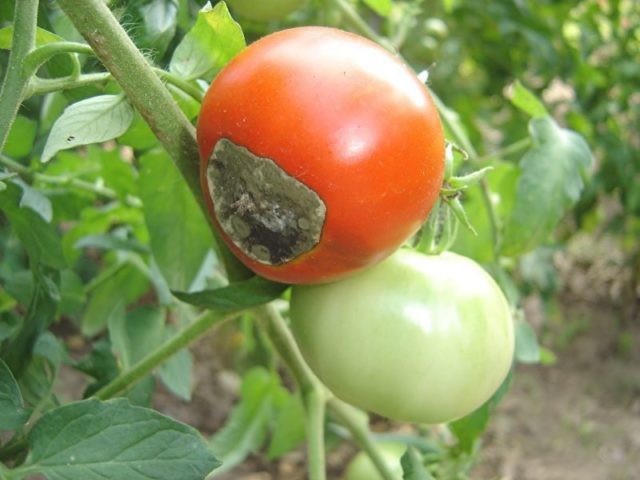

Tomatoes are treated from late blight during the period of active growth and fruiting
To eliminate the fungus, it is necessary to dilute 1 small spoonful of boron powder in a bucket of water and spray the plantings, as well as carry out root medical dressing. The use of the substance is indicated for noticeable symptoms of the disease; it is necessary to carry out the treatment in the evening and morning. If tomatoes and potatoes grow side by side on the plot, it is imperative to spray both crops with boric acid.
Dilution proportions
The drug is applied carefully, with the utmost care. Calculate the proportions carefully before adding boric acid. An overdose can cause the death of a flower.
Proportions:
- 0.2 g / l - preparation of planting material (soaking bulbs, cuttings, seeds);
- 0.5 g / l - foliar top dressing (spraying);
- 1g / 10 l - root top dressing (introduction to the soil mixture).
Signs of boron overdose in plants
Excessive use of the substance is dangerous to plants. You can understand that there is too much boron in the soil by the following signs:
- leaves of garden and horticultural crops have become unnaturally glossy;
- the edges of the leaf plates bent inward, and the middle protruded upward;
- the greens in the lower part of the plants closer to the ground began to dry out and fall off.
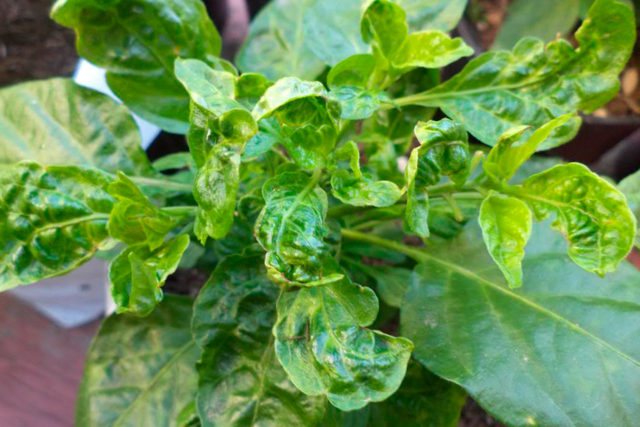

With an excess of boron, the leaves of crops bend and shine unnaturally
To correct the situation, the plants need to be urgently fed with potassium, and a week later fertilized with nitrogen.
Expected effect
3-4 days after feeding, the plant comes to life. The green mass acquires a healthy, rich color. The stems become stronger. Growth and development are restored, normalized.
Boric acid unleashes the potential of flowering houseplants. Fertilizer ensures lush and long-lasting flowering. By the end of the growing season, the flowers go to rest strong, prepared, less likely to suffer from pests, rot, bacterial, viral lesions. They successfully resist adverse environmental conditions.
Destruction of pests
Experienced gardeners know that acid can be used as an insecticide. Baits based on it act as contact-intestinal poisons. They are used to kill ants, cockroaches.
Attention! The action of the drug is not observed immediately, poisoning occurs as it accumulates in the body.
The easiest way to use acid is to place it directly in the areas where insects move. Various baits are prepared on the basis of the drug.
Lure recipes:
- Dissolve 5 g of acid in 100 grams of hot water. Add half a tablespoon of honey and 2 tablespoons of sugar to the resulting solution. The syrup is poured into small containers, which are placed in places where ants congregate and move.


- Mix 10-15 grams of acid with two egg yolks. Roll pea-sized balls from the resulting thick mass. The balls are placed in places where cockroaches and ants congregate.


Important! An increase in the percentage of acid in baits does not affect their effectiveness.

